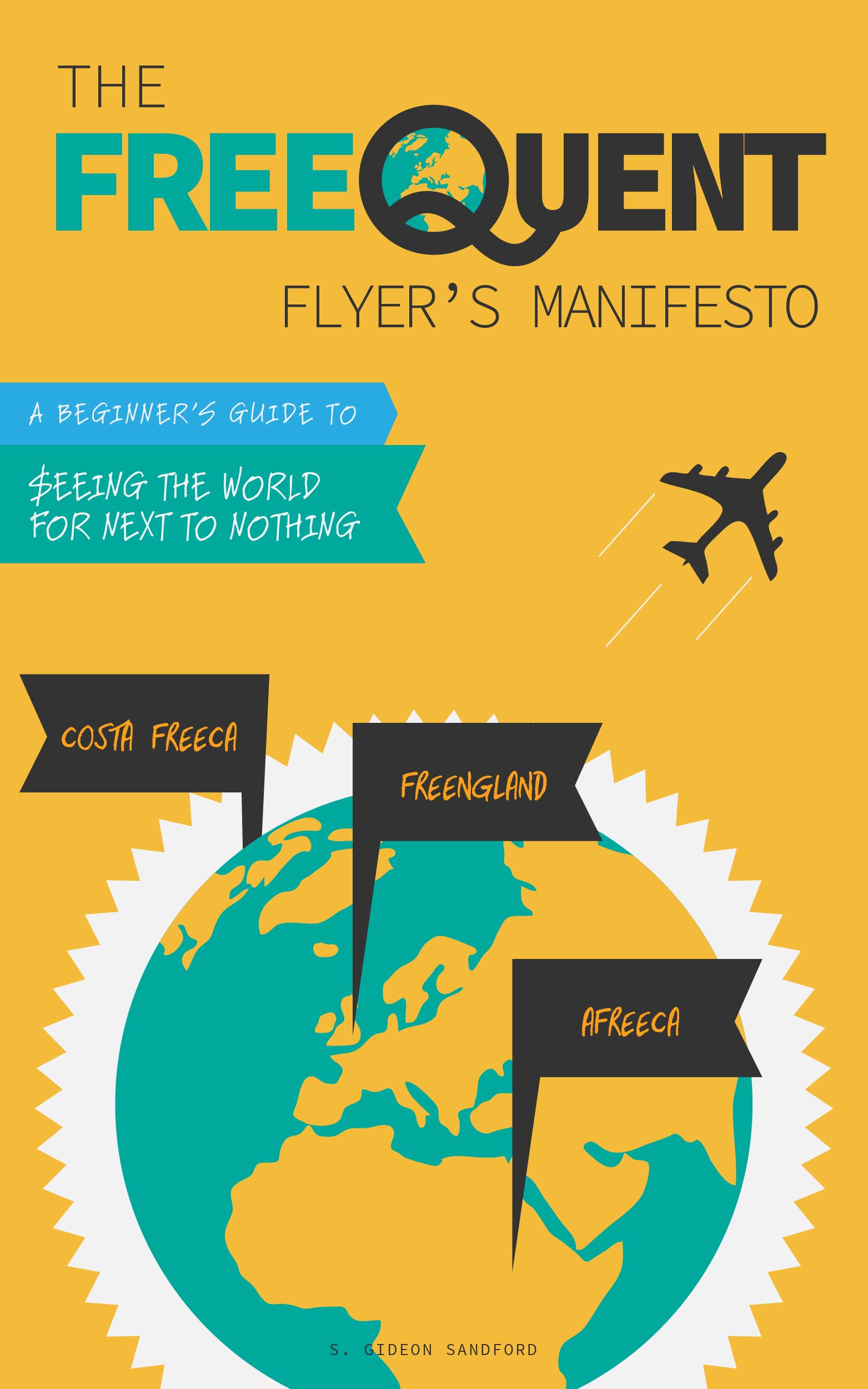Unleash your manufactured spend: Part 4
/This post was supposed to go up yesterday, but I'm moving apartments this week and yesterday got a little out of hand. So, my apologies for that. There'll be a wrap-up post this evening and then next week we'll return to our regularly scheduled programming.
In today's entry in my series on the ability to pay credit card bills using PIN-based debit and gift cards at Walmart (Part 1, Part 2, Part 3), we're leaving theory behind and I'm breaking down my own plans to maximize this technique in my own miles and points strategy.
First, a little background. As someone who constantly ridicules Walmart's model of "low prices, no training, starvation wages," immediately before discovering this technique I was running just 5,000 per month through Walmart, with just two trips per month (unless I had an urgent need to generate a lot of spending quickly, in which case I could buy additional money orders). On a typical visit, I would make 3 deposits to my Gobank account: a $1,000 US Bank Visa Buxx swipe, a $500 Nationwide Visa Buxx swipe, and a $1,000 MyVanilla Debit swipe. By loading my Buxx cards with my PayPal Debit MasterCard, which was funded with PayPal Cash cards, my net cost for $2,519.75 in manufactured spend (per visit) was $12.18, or 0.48 cents per dollar ($11.85 in PayPal Cash fees, $7.90 in Vanilla Reload Network fees, $7 in Visa Buxx load fees, one $0.50 MyVanilla transaction fee, and a $15.07 rebate for using my PayPal Debit MasterCard). Since I manufacture almost exclusively in bonus categories – the exception being the Barclaycard Arrival World MasterCard, which doesn't have bonus categories, but earns 2.22% cash back on all transactions – this put my cost per point in the low tens of a cent.
Meanwhile, I would load my Bluebird account online with $1,000 using Vanilla Reload Network reload cards on each of the first five days of the month.
As I suggested yesterday, PIN-based billpay at Walmart led me to rethink my entire miles and points strategy. The point isn't that it's cheaper than loading a Gobank account – on the contrary, it's more expensive. I I were going to manufacture the same amount each month as I have been, I'd be crazy to use billpay instead of Gobank. The point, rather, is that at a slightly higher cost per dollar of manufactured spend, it liberates my entire Gobank and Bluebird loading budget for use with gift cards.
Now, with the same Visa Buxx and MyVanilla Debit spending pattern I was using before, I can directly pay my credit card bills at the Walmart Customer Service center (see Tuesday's post for cost per dollar analysis). Then, I can load $3,500 in gift cards to my Bluebird and Gobank accounts at any register in the store. Using a card that bonuses grocery store spend, like the American Express Hilton HHonors no-annual-fee and Surpass cards (5 HHonors points and 6 HHonors points per dollar spent at grocery stores, respectively), the American Express Premier Rewards Gold card (2 flexible Membership Rewards points per dollar spent at grocery stores), or even the US Bank Flexperks Travel Rewards card (2 Flexpoints per dollar, worth up to 4 cents when redeemed for paid airline tickets), I can literally double my monthly manufactured spend while only slightly increasing my cost per point.
Of course, this does entail additional trips to Walmart and additional risks. Since Bluebird has a $1,000 daily load limit, I can't load $2,500 per visit as I do with Gobank. To use giftcards to max out my Bluebird load limit, I'd have to make 5 visits a month – not likely! But 4 visits per month, one per week, seems eminently reasonable.
Meanwhile, I'll incur additional risk by moving $4,000 in Vanilla Reload Network reload card loads from Bluebird over to my 3 MyVanilla Debit cards. Since Walmart Billpay is actually cheaper than bank teller cash advances, at least for some transactions ($1.50 for American Express and Discover bill payments, compared to $1.95 for cash advances), I'll stop doing large cash advances, which will hopefully protect me when I start making larger swipe transactions with the cards.
And that's how I'll be turning $10,000 in manufactured spend into $19,000 in manufactured spend on Walmart visits. I'll pay a slightly higher cost per point, but the value of the points I earn will outweigh the higher costs 5-10 times over.
Check back tonight, when I'll offer my concluding thoughts and provide some valuable data points so you know what to expect when you make a Walmart bill payment.




